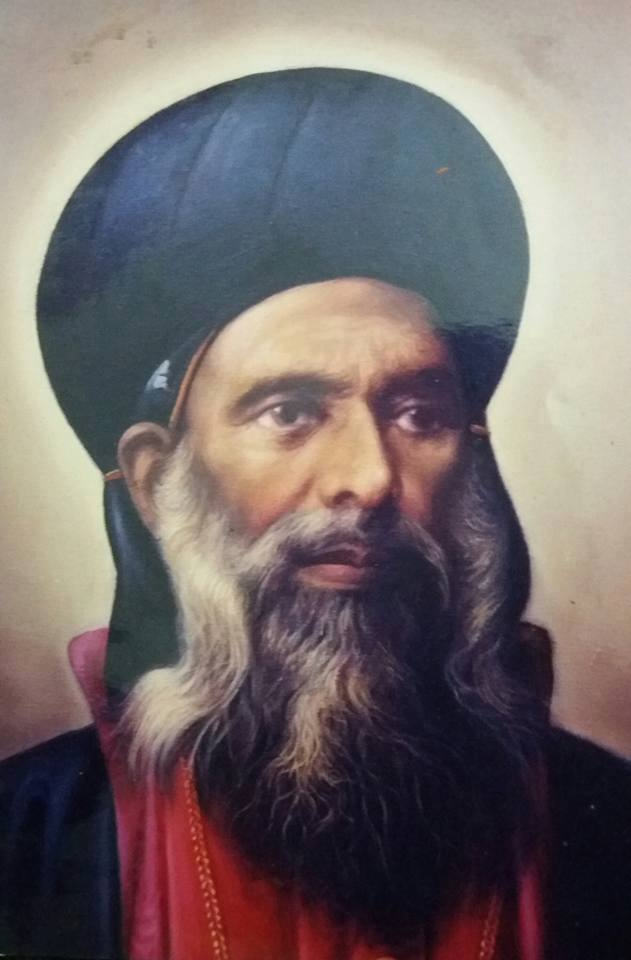The Forty Holy Martyrs of Sebastia were martyred in approximately 320 AD. They were Christians from various towns and cities of Lesser Armenia who served as soldiers in the royal regiment of Sebastia.
Upon the decree of Roman Emperor Likianos, Lucias, Duke of Caesarea, organized interrogations to identify Christian soldiers among the regiment. Forty of the soldiers remained steadfast in their faith, defying the judges by their brave answers, and were imprisoned. One cold winter night the soldiers were thrown into a lake near Sebastia, to freeze to death.
One of the 40 soldiers, unable to endure the torments, came out of the water to find salvation in a bathhouse built on the bank. The lone soldier died, deprived of both earthly and heavenly life.
At dawn, halos are seen encircling the heads of the remaining soldiers. One of the guards charged with the execution of the 40, witnessing the holy phenomenon, accepted Jesus Christ as his savior and threw himself into the lake to be martyred along with the others. In the morning, it became apparent that through a divine miracle, the 40 soldiers have been saved from freezing. This infuriated their captors and subsequently executed all them. Thus they finished the good course of martyrdom, and their names are: Acacius, Aetius, Aglaius, Alexander, Angus, Athanasius, Candidus, Chudion, Claudius, Cyril, Cyrion, Dometian, Domnus, Ecdicius, Elias, Eunoicus, Eutyches, Eutychius, Flavius, Gaius, Gorgonius, Helianus, Herachus, Hesychius, John, Lysimachus, Meliton, Nicholas, Philoctemon, Priscus, Sacerdon, Severian, Sisinius, Smaragdus, Theodulus, Theophilus, VaIens, Valerius, Vivianus, and Xanthias.
The martyrs' remains are buried in Sebastia, where subsequently a 40-domed Cathedral was built. The Cathedral of Sebastia stood for nearly 1,000 years, until the invasion of Tamerlane and the Mongols at the end of the 14th century. However, the "Forty Martyrs Cathedral" name has survived to this day.
REFERENCES

